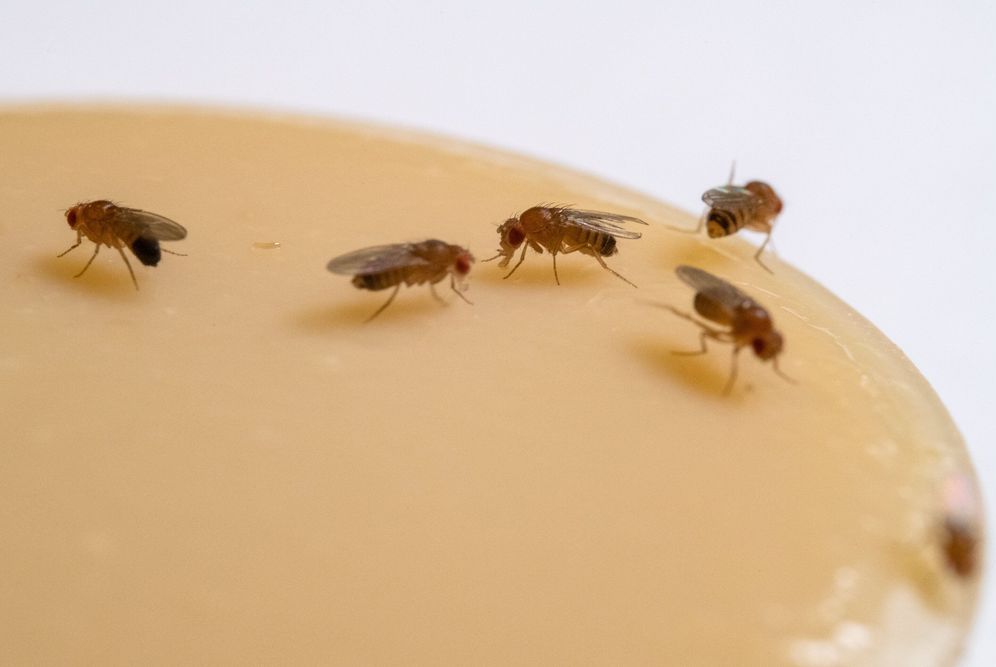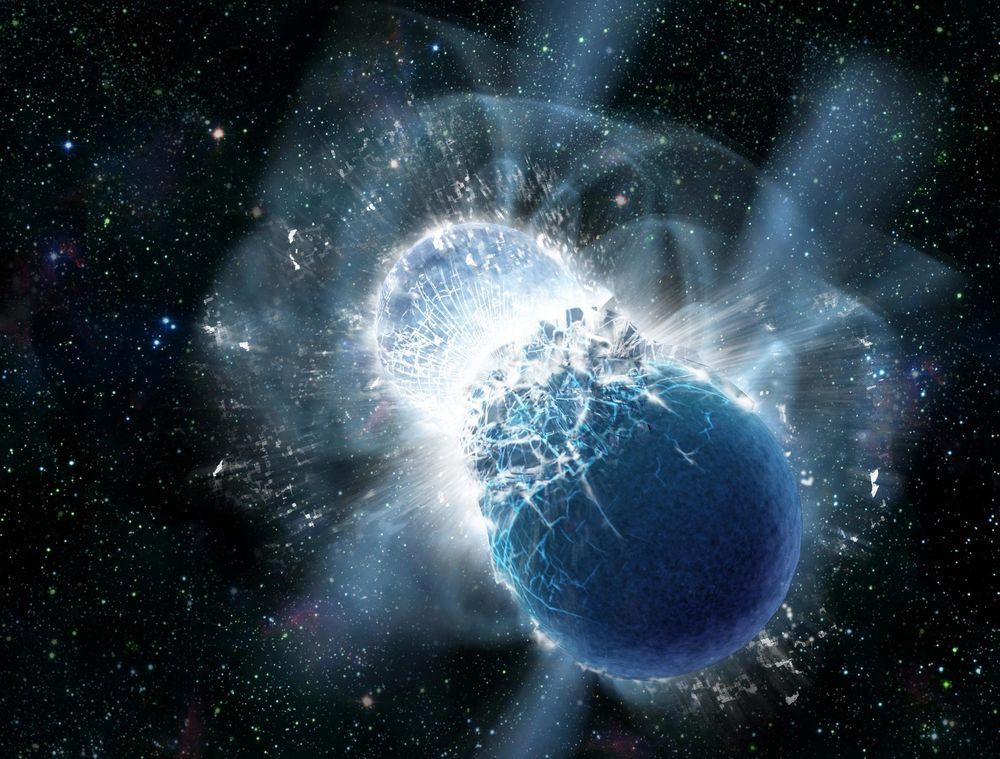Latest wing testing and the evolution of our aerodynamic control at speed with the #JetSuit never stops at Gravity. Here with the awesome Benjamin Kenobi chasing with his Inspire drone🤘
LINKS
SHOP: http://www.gravity.co/mobile-shop/
Instagram: https://www.instagram.com/takeongravity/?hl=en
Facebook: http://www.facebook.com/takeongravity/
LinkedIn: https://www.linkedin.com/in/richardbrowninggravity/
Web: http://www.gravity.co
TED 2017 talk: http://go.ted.com/richardbrowning
BACKGROUND
With a rich family history in Aviation, former Oil Trader & Royal Marines Reservist, Richard Browning, founded pioneering Aeronautical Innovation company, Gravity Industries in March 2017 to launch human flight into an entirely new era.
The Gravity #JetSuit uses over 1000bhp of Jet Engine power combined with natural human balance to deliver the most intense and enthralling spectacle, often likened to the real life Ironman.
Gravity has to date been experienced by over a billion people globally and covered by virtually every media platform. The Gravity Team, based in the UK, have delivered over 100 flight & Speaking events across 30 countries including 5 TED talks.
“The team and I are delivering on the vision to build Gravity into a world class aeronautical engineering business, challenge perceived boundaries in human aviation, and inspire a generation to dare ask ‘what if…”



